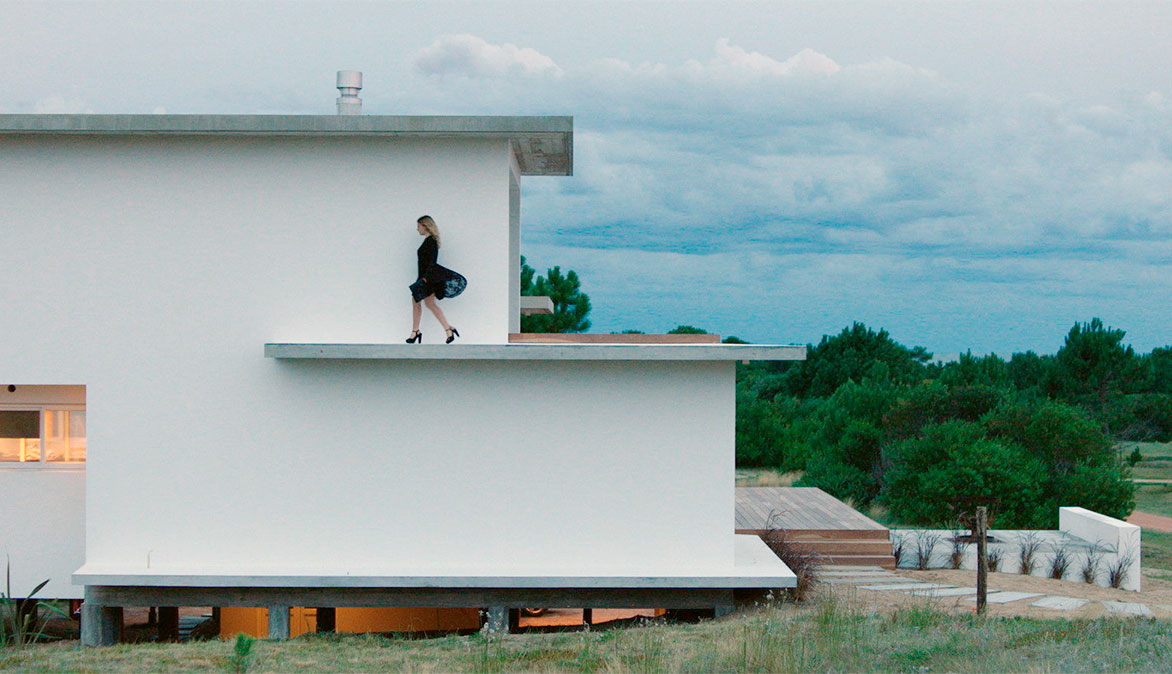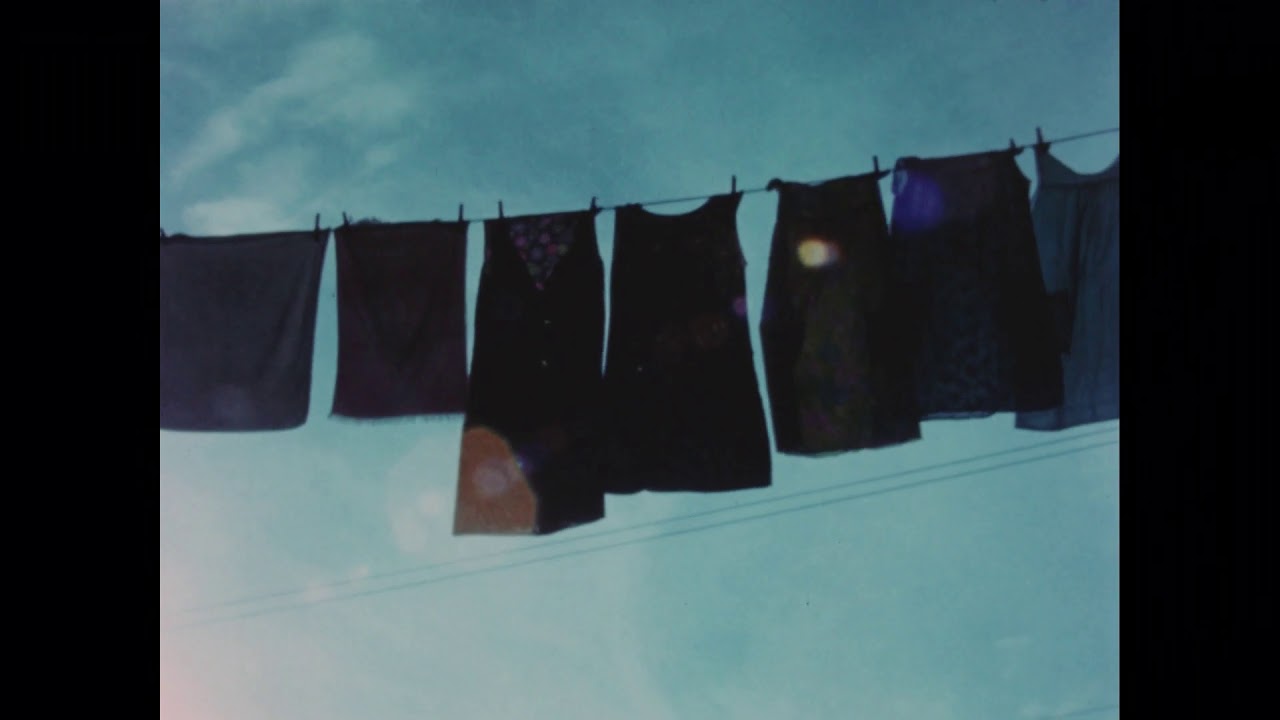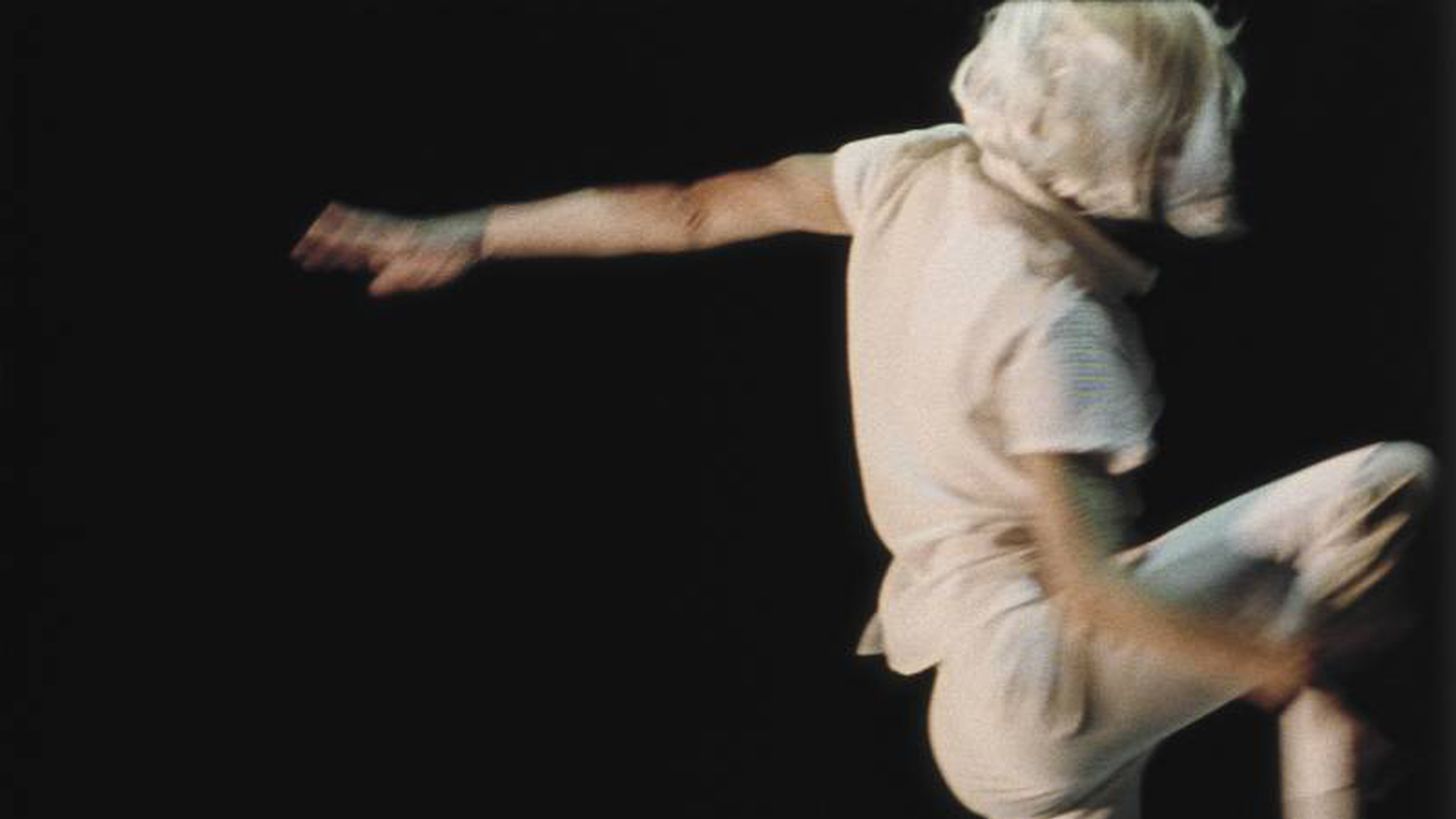
Kékszakállú
October 25, 2017 · The Pilot Light · 7:00 p.m.
“A gentle reminder that cinema itself is young and full of possibilities.” — Sight & Sound
“One of the best films of 2016.” — Artforum
Kékszakállú drops us immediately and without much guidance into the privileged world of Punta del Este on the southern coast of Uruguay, where children spend their days swimming and surfing while their older siblings and friends make out on the lawn and organise barbecues. Gradually, the film settles its focus on three young women: Lara (Lara Tarlowski), a teenager in that most awkward stage of adolescence; Laila (Laila Maltz), who is adrift, with little clue of what to study or how to live; and Katia (Katia Szechtman), who returns from vacation to an amiable social life in Buenos Aires.
Kékszakállú borrows its title from the murderous villain in Béla Bartók’s opera Bluebeard’s Castle (A kékszakállú herceg vára), which is notable, given that no specific danger threatens the women. Rather, the title hovers over the film symbolically, imbuing with masculine menace a more general anxiety – the prospect of stepping, ill-prepared and with uncertainty, into adulthood. In his director’s note, Solnicki refers to the “supposed white paradise” of Punta del Este as a “kind of involuntary hell,” and the film’s final image, of Laila escaping at night by ferry, is a stunner that certainly invokes Stygian dread.
About the Filmmaker
Gastón Solnicki studied cinema at the Fundación Universidad del Cine in Buenos Aires, and later photography at International Center of Photography, as well as film directing at Tisch School of the Arts in New York. Solnicki’s feature documentaries Süden (2008) and Papirosen (2011) were both critically acclaimed. Kékszakállú is his first narrative film.







